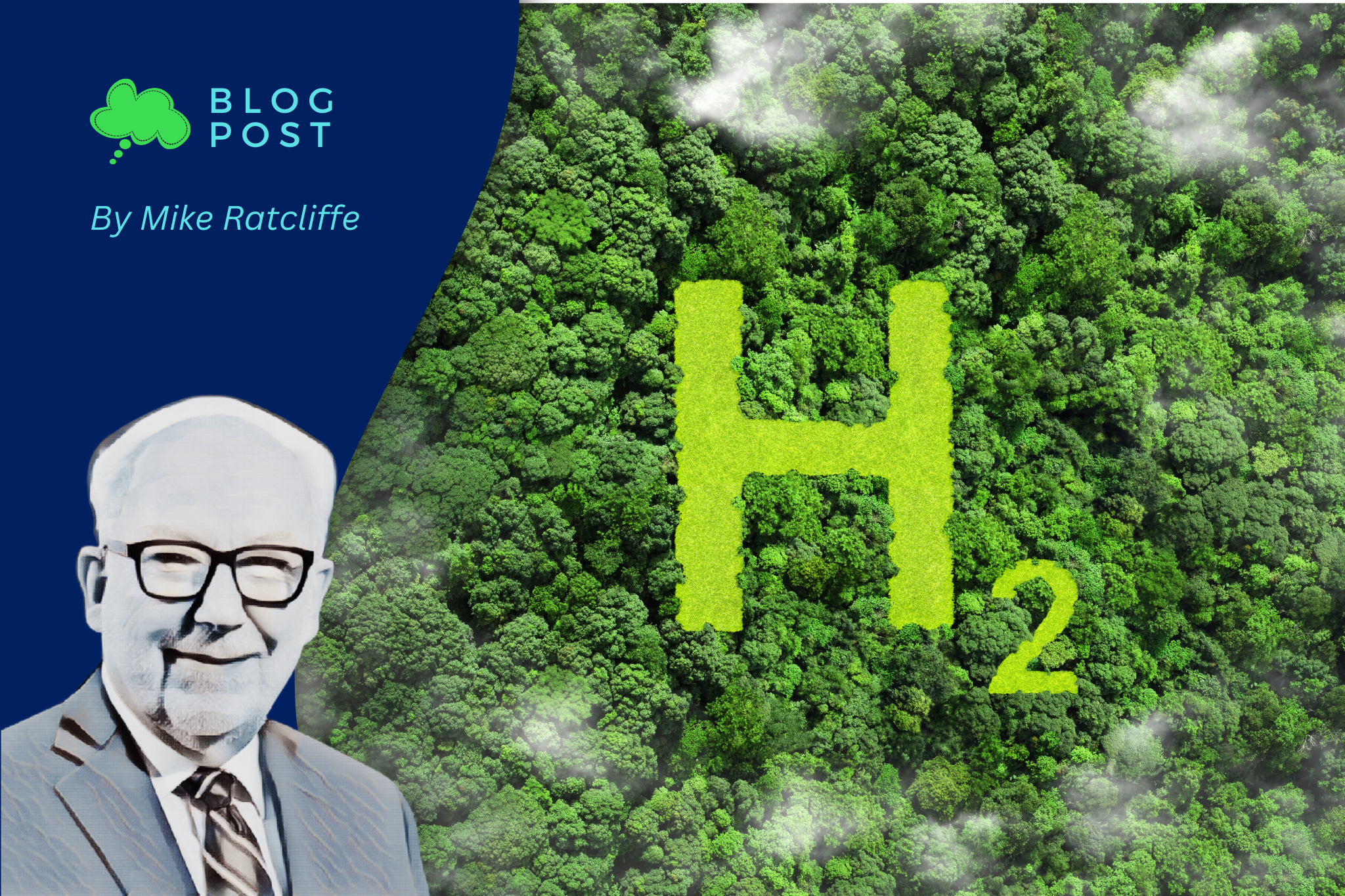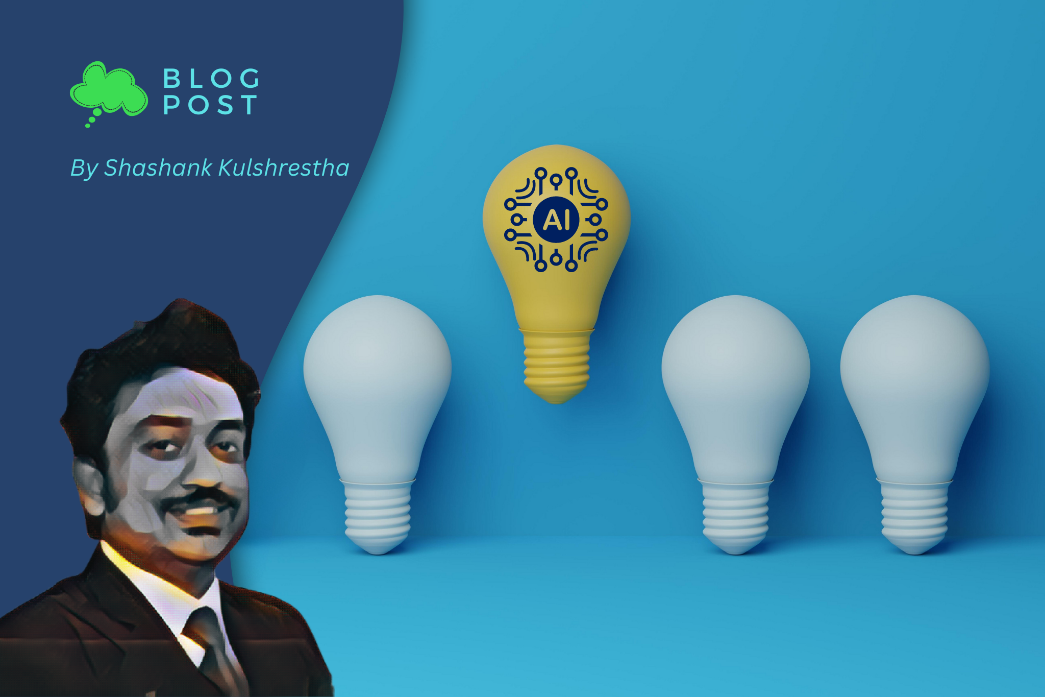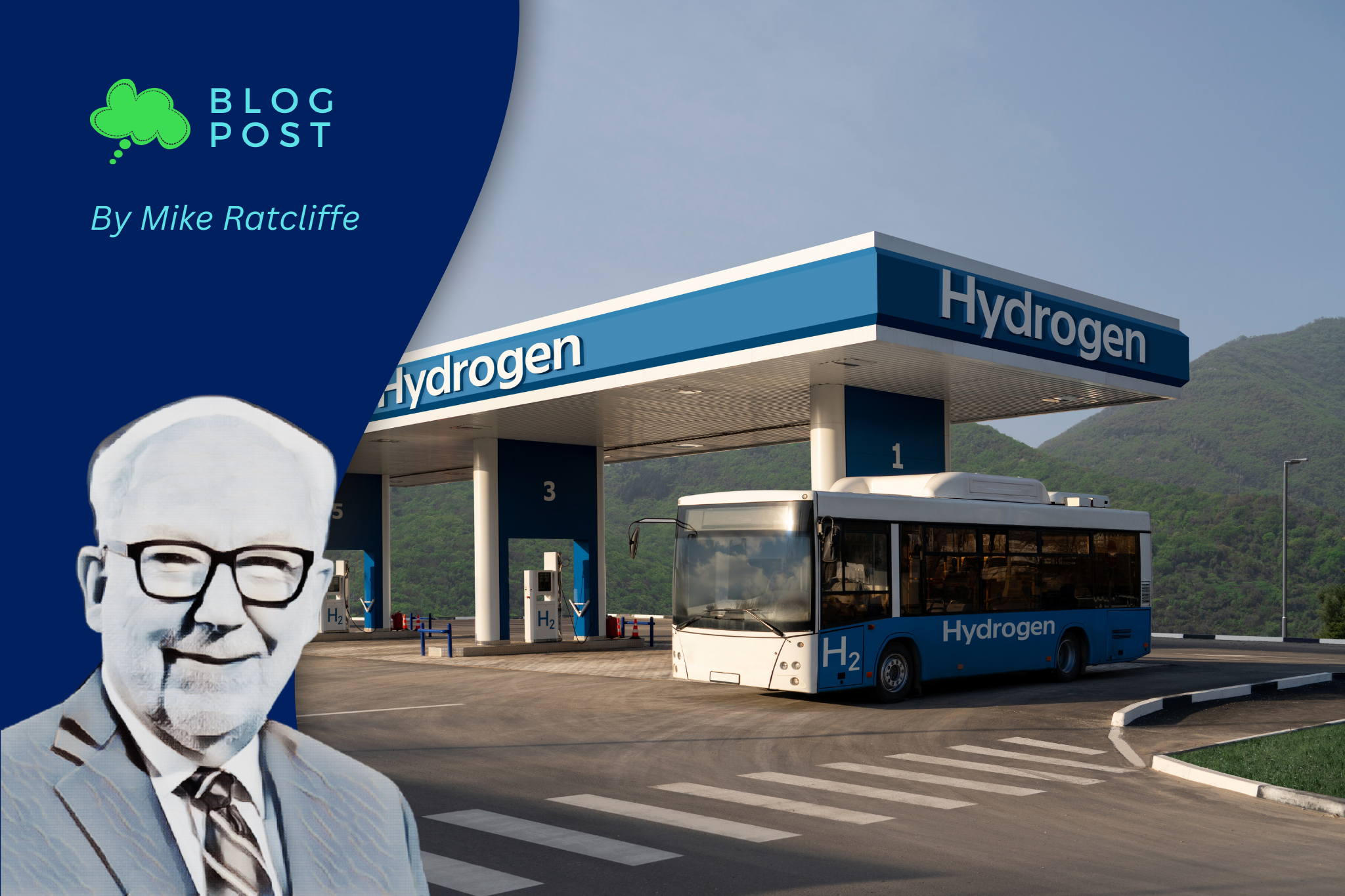Starbucks Customer Loyalty Program: It’s Not You, It’s Us
Posted by | Fuld & Company

Starbucks recently announced changes to its popular customer rewards program My Starbucks Rewards (soon to be known as simply Starbucks Rewards). As a loyal Starbucks customer, I received the email announcing these changes, which informed me that starting in April, I’ll earn two “stars” for every dollar I spend on coffee, food, drinks, mugs, and more. Starbucks even provided a handy table so that I could compare the old rewards program with the new:
| Today | April |
| 1 Star per visit | 2 Stars per $1 spent |
| 30 Stars to Gold Level | 300 Stars to Gold Level |
| 12 Stars for a free reward in Gold Level | 125 Stars for a free reward in Gold level |
Starbucks assured me that they’ll “take care of everything,” that all the stars in my account will multiply when the new program takes effect, and that they’d inform me of new rewards and benefits. What could be easier?
But, it doesn’t take an advanced math degree to see the point-inflation inherent in the new program, and that has consumers – presumably highly caffeinated consumers prone to intensive reactions to this sort of thing – as steamed as the foam in their grande cappuccinos. According to Business Insider, customers today that typically only purchase a single cup of coffee for two bucks would get a free drink after 12 trips to Starbucks and $24 out of pocket; under the new plan that same thrifty customer will have to drop $62.50 to get a free item. That’s good for 32 cups of plain coffee – more than 2 ½ times more caffeine than the current rewards program.
And yes, while this seems inherently unfair to the casual consumer who clearly doesn’t see the value in shelling out $6 for that triple venti soy no-foam latte, Starbucks has arrived at the decision that rewarding their highest spending customers is a better strategy.
Dear reader, you may want to switch to decaf for a moment because Starbucks is right.
In our wired, short attention span, hyper-media environment, engendering customer loyalty is extremely challenging. For most consumer purchases, price is often the chief purchasing factor for what are otherwise relatively undifferentiated items – be it a cup of coffee, an airplane trip, or auto insurance. For Starbucks to treat its more price conscious, and probably Iess loyal, customers the same way as its big spenders just doesn’t make sense. After all, which customers do you prefer – the low margin, once in a while coffee drinker, or the high spending frequent customer that generates way better margins?
Indeed, Starbucks is relatively late to the inegalitarian game of rewarding your highest profit customers. Airlines have been doing it for years; most frequent flier programs now award bonus miles based on spend, not just based on distance traveled, with expensive full-fare and first- or business-class tickets earning even more miles. The strategy here is not so much rewarding loyalty as choosing customers that generate better profits. And reward programs are not the only way companies play this game.
Many consumers are no doubt curious about why Progressive insurance shows its competitors’ rates, even when those rates are lower than Progressive’s for auto insurance. Progressive is not as magnanimous as you might think. What’s going on behind the scenes when Progressive displays its competitor rates is a rapid risk assessment of you as a customer. A higher Progressive rate to insure a car is driven largely by the insurance risk Progressive is undertaking for every potential customer.
If Progressive can show a lower rate offered by a competitor to a high-risk insured, then not only is it dissuading an unattractive customer from purchasing from Progressive, it is sending that risk to a competitor, and managing for higher margins in the process.
For highly competitive retail sectors like coffee, air travel, and insurance, those companies that can attract and retain the highest margin customers are the ones that will succeed. If doing so means annoying customers that at the end of the day are less profitable for Starbucks anyway, no harm no foul. What Starbucks and other loyalty programs should really be saying isn’t “we’ll take care of everything”, it’s “it’s not you, it’s us.”
Tags: Brand Strategy, Competitive Strategy, Consumer Products & Retail, Market Analysis
















